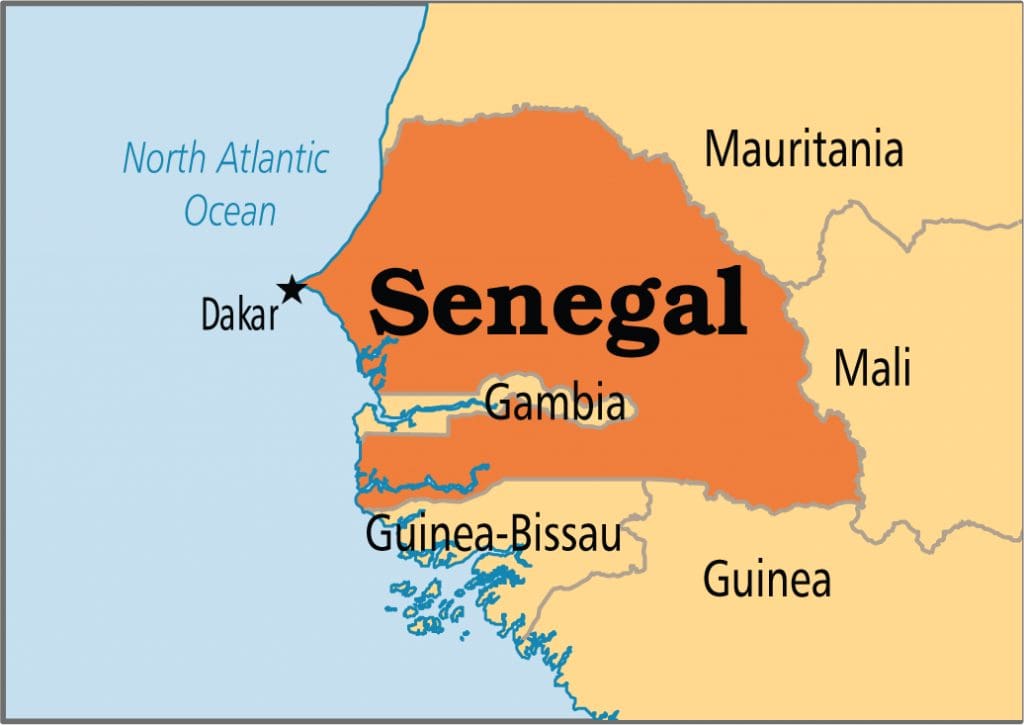Senegalese President Macky Sall and his Mauritanian counterpart Mohamed Ould Cheikh el Ghazouani laid the foundation stone of the Rosso bridge on the border between the two countries on Tuesday.
Eight months after the signing of the agreement for the construction of the Rosso bridge over the Senegal River between the infrastructure ministers of the two countries, Macky Sall and El Ghazouani are preparing to launch the work on this large-scale infrastructure that will last thirty months.
With a total cost of 88 million euros, or 57 billion CFA francs, the construction of this bridge was entrusted to a Chinese company after an international call for tenders.
The work is financed by the African Development Bank (AfDB) to the tune of 40.75 million euros (27 billion CFA francs) and the European Investment Bank (EIB) for 22.30 million euros (15 billion CFA francs). The European Union (EU) has also made a donation of 20 million euros. In addition, Mauritania contributed €3.50 million and Senegal €1.4 million.
This bridge will promote regional integration because, until now, the Rosso ferry was the only means of transit between the two countries. But today, with the growing demand for transport between Europe and the Dakar-Nouakchott axis, the construction of this infrastructure has become a priority for both states. The new Rosso bridge will breathe new life into trade relations between Senegal and Mauritania.
This infrastructure is also an election promise of Macky Sall. During his visit to Richard-Toll (north) in February 2019, he said that this bridge should allow better regional integration that will lead to the expansion of the road network between Tangier (Morocco), Lagos (Nigeria) through Nouakchott, Dakar and Abidjan.
Beyond this bridge, Mauritania and Senegal are linked by history and geography as the two countries also share an offshore gas deposit estimated at 450 billion m3. With the Grand Tortue Ahmeyim (GTA) platform, the two neighbouring countries should soon be producing liquefied natural gas. The gas field is located 120 kilometres off the Senegalese-Mauritanian coast and at a water depth of more than 2800 metres.
Under an agreement signed on February 9, 2018, the two states agreed to jointly develop and exploit the field. It is agreed that there will be an equitable distribution of resources, procedures, legal and fiscal frameworks, etc.
CD/lb/abj/APA


